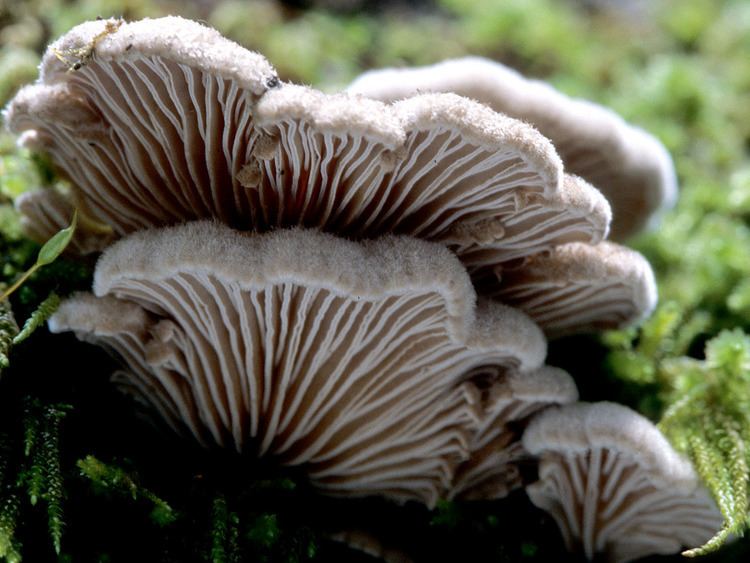Order Agaricales | Division Basidiomycota Scientific name Schizophyllum commune Rank Species | |
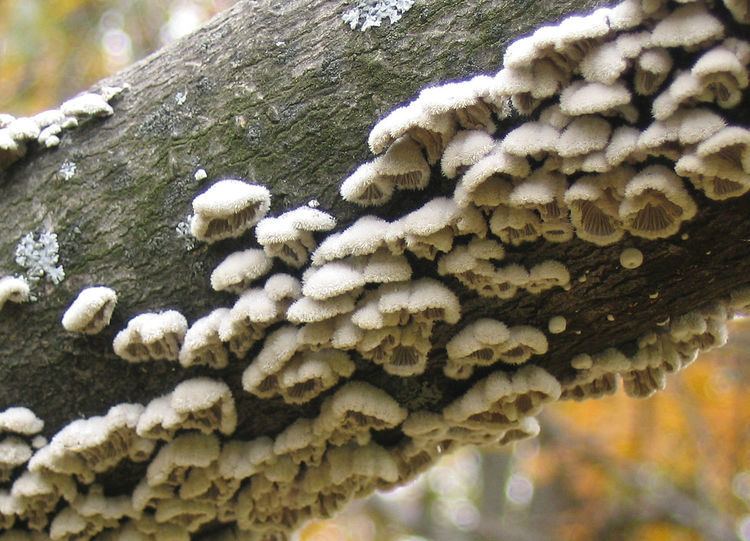 | ||
Similar Schizophyllum, Basidiomycota, Trametes, Turkey tail, Coprinus | ||
Schizophyllum commune fungi kingdom
Schizophyllum commune is a common species of fungus in the genus Schizophyllum. It was initially described as a morphological species of global distribution and then revealed to be a species complex encompassing several cryptic species of more narrow distribution, as typical of many mushroom-forming Basidiomycota.
Contents
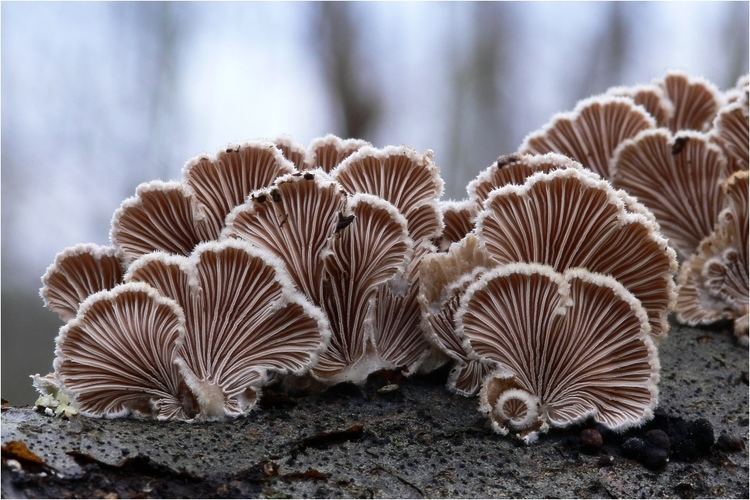
The gills, which produce basidiospores on their surface, split when the mushroom dries out, earning this mushroom the common name split gill. It has more than 28,000 sexes; individuals of any sex are compatible for mating with all but three of the other sexes.
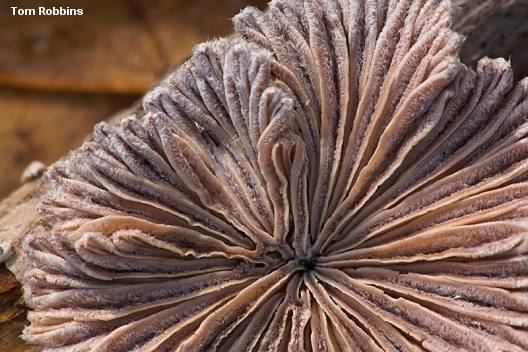
It is common in rotting wood, but can also cause disease in humans.
Hydrophobin was first isolated from Schizophyllum commune.
Description
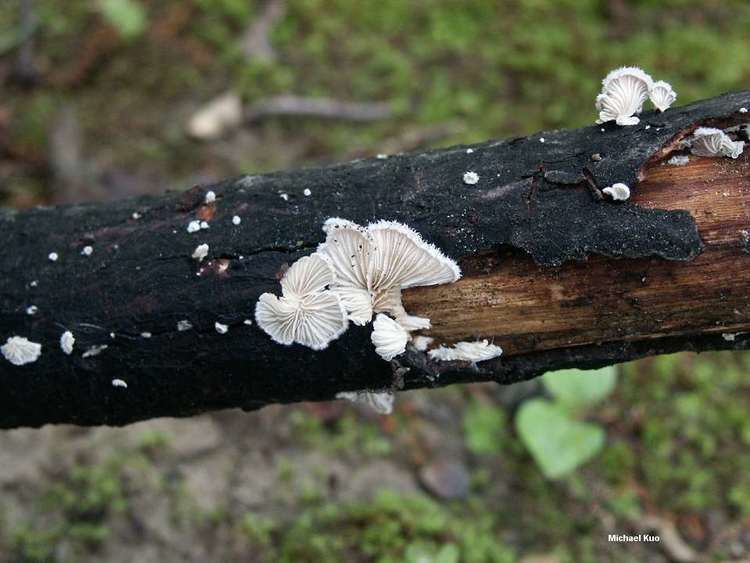
The cap is shell-shaped, with the tissue concentrated at the point of attachment, resembling a stem. It is often wavy and lobed, with a rigid margin when old. It is tough, felty and hairy, and slippery when moist. It is greyish white and up to 4 cm in diameter. The gills are pale reddish or grey, very narrow with a longitudinal split edge which becomes inrolled when wet; the only known fungus with split gills that is capable of retracting by movement. It is found predominantly from spring to autumn on dead wood, in coniferous and deciduous forest.
Genetics
The genome of Schizophyllum commune was sequenced in 2010.
Culinary
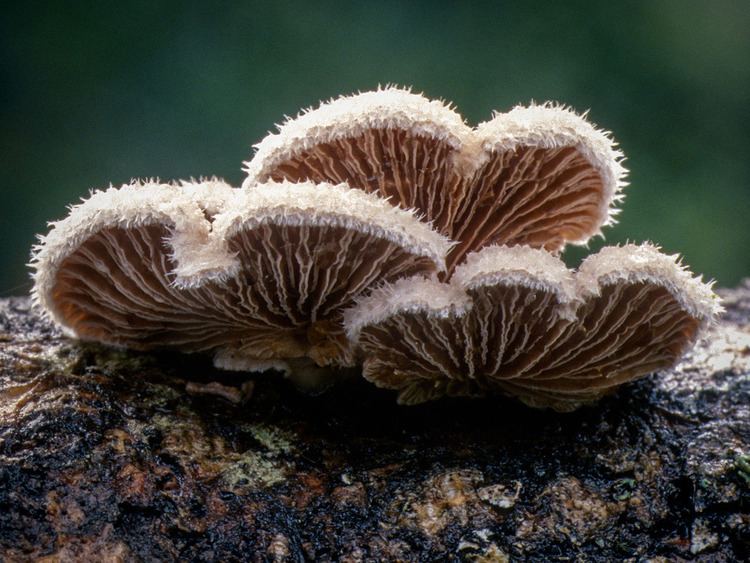
Although European and US guidebooks list it as inedible, this is apparently due to differing standards of taste rather than known toxicity, being regarded with little culinary interest due to its tough texture. S. commune is, in fact, edible and widely consumed in Mexico and elsewhere in the tropics. And in North-East India, the state Manipur called it as "Kanglayen'" and it is one of the favourite ingredients for Manipuri-Pancake Style called "Paaknam". In Mizoram, the local name is "Pasi" (pa means mushroom,si means tiny) and it is one of the highest rated edible mushrooms among the Mizo community. The authors explain the preference for tough, rubbery mushrooms in the tropics as a consequence of the fact that tender, fleshy mushrooms quickly rot in the hot humid conditions there, making their marketing problematic.

